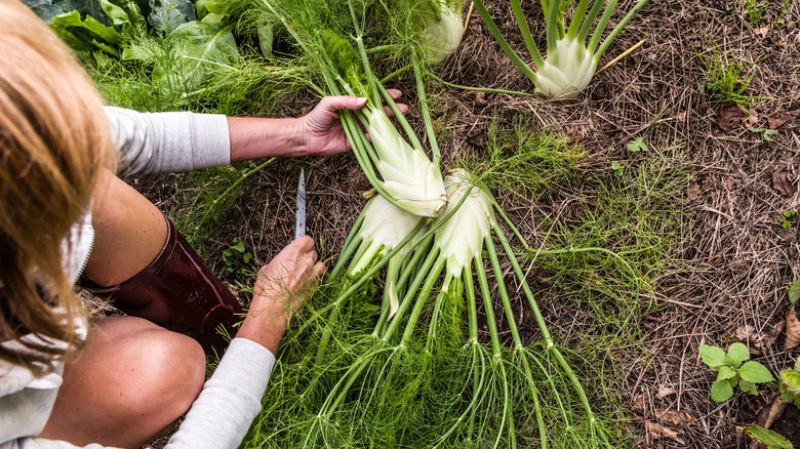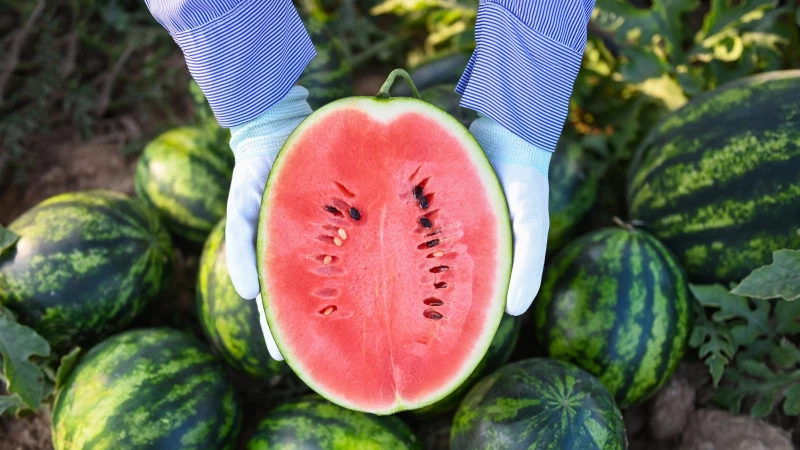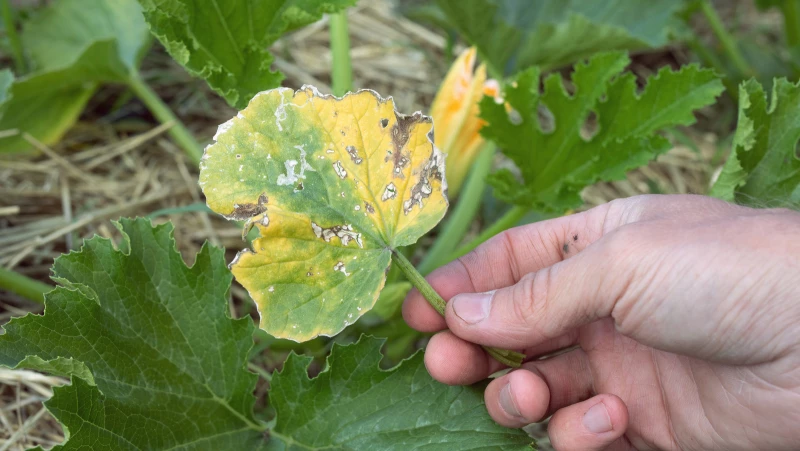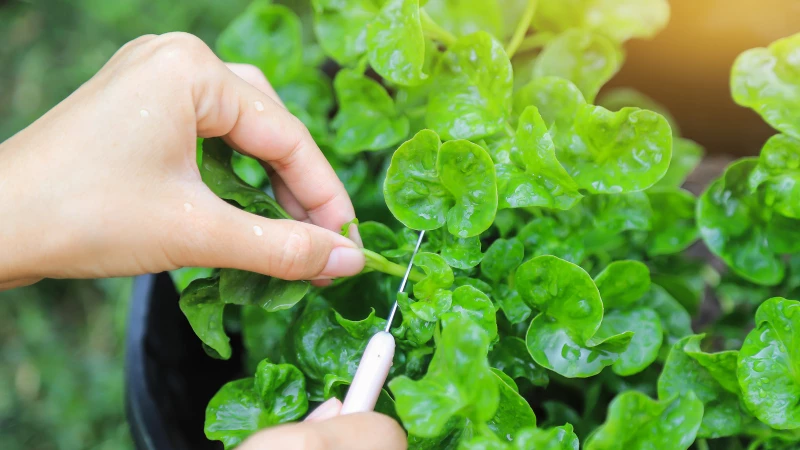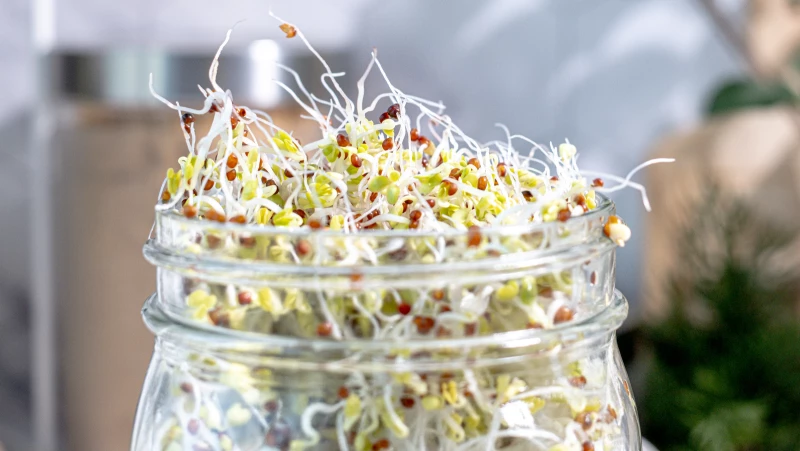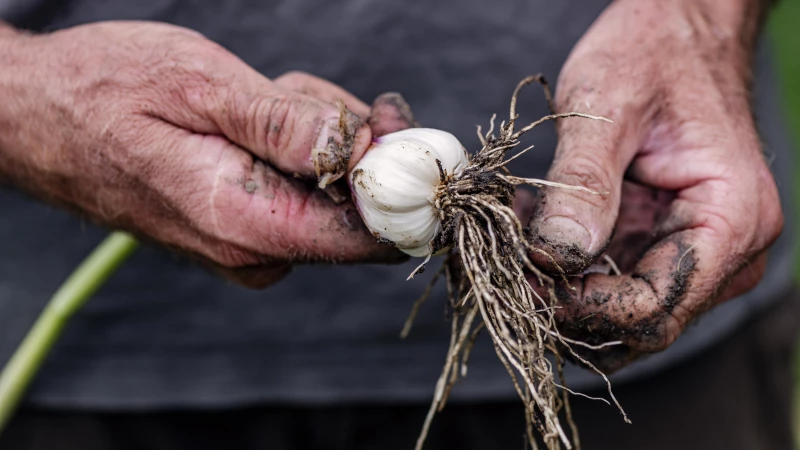Creating a garden filled with a variety of plants can be a more cost-effective and beneficial option compared to solely planting flowers. By incorporating annual and perennial flowers, shrubs, trees, and ornamental grasses, you can promote plant diversity and enhance the overall appearance of your garden. While ornamental grasses like fountain grass can add texture and fill empty spaces, it's important to consider their potential invasiveness in smaller garden areas. Some ornamental grasses have a tendency to spread rapidly through self-seeding or running root systems, without offering significant benefits beyond their decorative appeal.
Fennel: The Versatile Herb for Your Garden
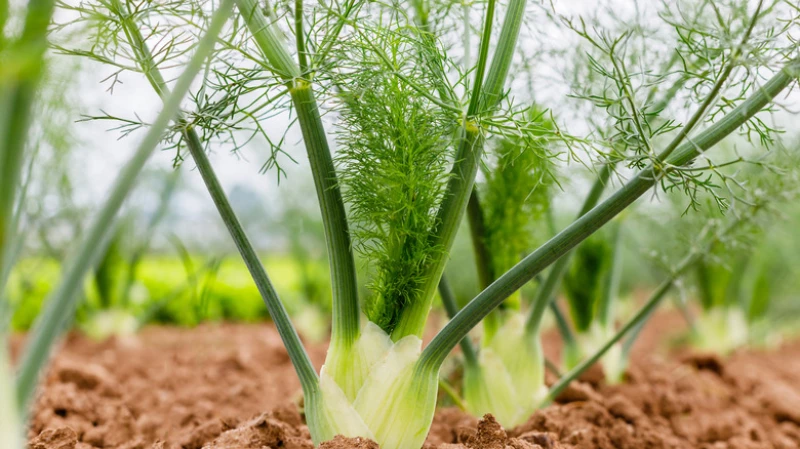
If you're seeking a low-maintenance plant that not only beautifies your garden but also offers a flavorful addition to your culinary creations, look no further than the versatile fennel plant. Originating from Europe, fennel belongs to the Apiaceae family, sharing its roots with carrots, cumin, dill, and parsley.
Unlike typical ornamental grasses, fennel is a hardy perennial that thrives in USDA zones 4 through 9, making a comeback year after year in milder climates. However, in colder regions, it can be treated as an annual. This herbaceous plant boasts long, green stalks sprouting from a bulb-like base, reaching heights of up to 6 feet.
The feathery, dill-like leaves of fennel are not only visually appealing but also attract pollinators with their tight yellow flowers. For those looking to add a splash of color to their garden, bronze or copper fennel varieties are an excellent choice for ornamental purposes.
Did you know that fennel, often grown for its ornamental value, is actually edible in its entirety? The seeds, leaves, and bulbs of the fennel plant are all used in various culinary applications. Not only is fennel rich in vitamins and antioxidants, but it also contains anethole, a compound that gives it a distinct sweet peppery flavor reminiscent of star anise or licorice. Interestingly, fennel also possesses mosquito-repelling properties. Research published in the Journal of Parasitology Research shows that fennel oil can repel a significant percentage of mosquitoes upon application to the skin.
Growing fennel as a garden ornamental
If you're interested in growing fennel for both its aesthetic appeal and its practical uses, it's good to know that fennel is a relatively low-maintenance plant. Late spring or early summer is the best time to plant fennel, and it can thrive in various growing conditions. Whether in containers or in the ground, fennel can adapt well. Providing adequate sunlight, regular watering, and proper soil conditions will help your fennel plant flourish. Consider using fennel as an alternative to traditional ornamental grasses in your garden for a unique and useful addition to your landscape.
When it comes to growing fennel, it may seem like a simple task, but this plant can be quite particular about its garden companions. For optimal growth, consider planting fennel alongside herbs such as anise and cilantro, as well as flowering plants like marigold and nasturtium. However, it's best to steer clear of planting fennel near cucumbers, beans, legumes, tomatoes, and other nightshades, as fennel's allelopathic properties can hinder their development. If you're planning to harvest fennel in the autumn, make sure to cut through the bulb's base to promote new growth from the roots.


